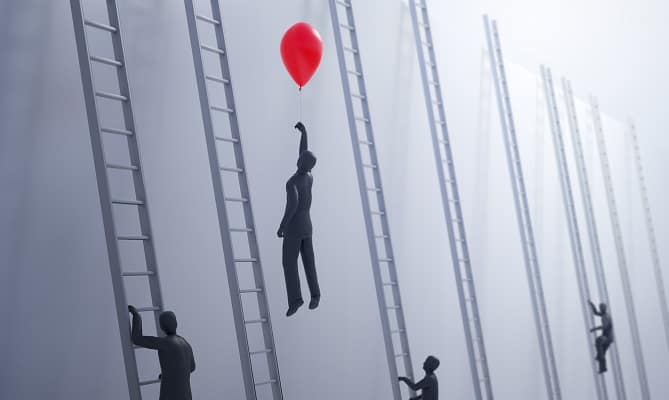Charles Babbage
Faltering in the Fall
For when I led our group to the first restaurant on my list, only darkness greeted us. Undaunted we strode confidently to the second eatery; after all, that’s exactly what the backup was for! Again, despite it being 8:00 on an innocuous evening, the lights were dim. It was more in weary hope than fervid expectation that we trudged to the final destination, to be met, inevitably with closed shutters and barred doors. In all my years of glorious, spontaneous restaurant-selection, my metric still didn’t account for the possibility of the place being closed.
The salient lesson from this debacle is of course to travel with an international 3G-enabled smartphone(!) It is the secondary lesson which concerns us for this pointer, however, which is that a metric missing a critical factor can lead one confidently down the path to a terrible decision. One is most likely to make this mistake when the critical factor lies outside of the bounds of those usually considered.
At the poker table, when faced with a large bet on the river that could be a bluff, an expert player will consider {all the hands that his opponent would take this betting line with, the price he is getting to call the bluff, his opponent’s perception of his hand2}. Using this metric he can estimate the profitability of calling with a bad hand.
Yet if his opponent is in fact down to his last dollar and is of a risk-averse constitution then the expert should fold all but his strongest hands. This simple, binary metric outweighs all of the intricate considerations available to the expert and he would do well to prefer it.
Stop Sleepwalking
Yet with every new ‘standard’ decision introduced to a given player’s game, he rules out a number of other strategy options. Since strategy options have non-negative value, sooner or later a player’s automatic choices will accumulate to a significant burden on his ability to profit at the poker table.
This autopilot approach to poker is so often echoed in our daily lives. A man takes the lift instead of the stairs every day because it’s easier, he always drives to the gym rather than walk, he sits at his desk for 6 hours a day. He is, in fact, generally sedentary and yet in his own mind he, “Works out, eats healthily and doesn’t overdo the alcohol.” To him it’s a complete mystery why he’s overweight.
These autopilot decisions are often described as habits- one habit that I had been completely oblivious to was my approach to sleep health. Before I started tracking my sleep with a Jawbone UP

Healthy sleep is one of the pillars of self-optimization, and a topic that I shall revisit in other articles. The focus of this article is our approach to decision-making, and the lesson here is that some of our most consistent bad decisions are hidden from us. Self-tracking with quantifiable data makes us aware of these decisions, and is the foundation for personal change.
The Hidden Choice
You see in poker you have a limited time available to make each decision; when your time expires, your hand is automatically thrown away and you forfeit the money in the middle. One of the greatest life lessons that poker taught me was to expose ‘The Hidden Choice’- not making a decision is itself a decision, with real world consequences.
We move to another, more familiar setting- at a restaurant table with the waiter’s pen poised to take our order. Our fellow diners look on expectantly, we have agonized over this decision for 5 minutes at least…
Do we have the Roast Beef or the Chicken Salad? You will see now that ‘The Hidden Choice’ rears its head once more- by not deciding we are, in fact, choosing to waste the time of our fellow guests in the vain hope of acquiring more information. To what end? We like Roast Beef, we like Chicken Salad, and the difference that our decision makes by our own metric (be it calorie-counting, taste, what we had yesterday, etc.) is so close that the actual decision does not matter. Until poker taught me that there was a real cost to not deciding I must confess I did many of my friends the disservice of unconsciously selecting the (quite rude) Hidden Choice.
Since I know changing this habit is still not an easy thing to do, I’ll share with you Nicolas Taleb’s metric for dining at the dinner table, which is to select the same dish as the most, ahem, ample gentleman at the table. If you do choose to adopt his metric, don’t share it with anybody you dine with regularly!
I’ll revisit these lessons in future articles, since it takes a lot of practice to identify and correct them in one’s daily life. Whilst I have discussed decisions as light as what/where to eat and how much to sleep here, rest assured these concepts are crucial when a lot more is at stake.
Many people’s thinking patterns constrain them to a slow, laborious climb up a ladder with no clear end in sight. Flexible thinking and a firm grasp on the tail4 of your choices will allow you to rise faster and altogether more smoothly, whatever your destination. Thanks for taking a balloon.

